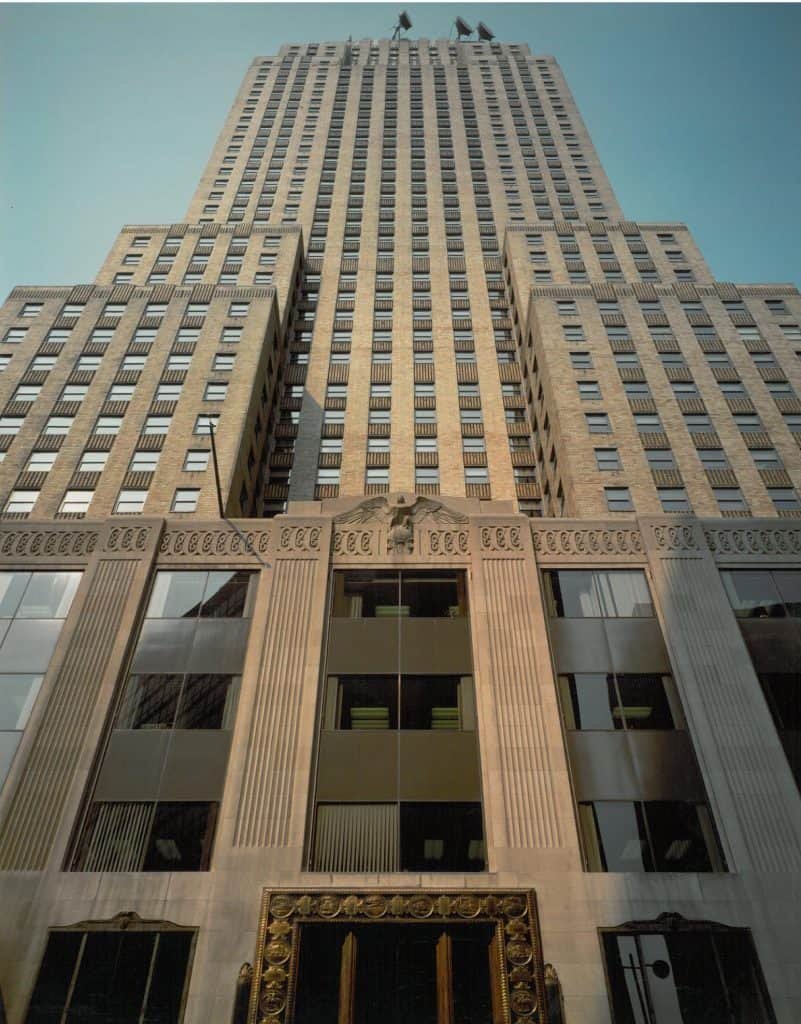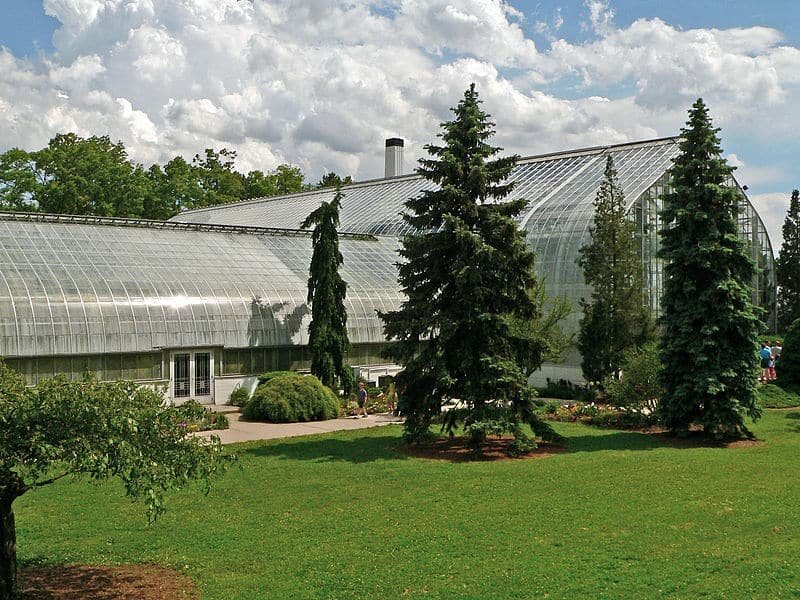Cincinnati Buildings

Union Terminal: A beautiful art deco landmark. Construction started in the late 1920’s on the Union terminal but it was not completely finished until 1933. The total cost of construction was $41,000,000. At the time of construction it was the largest half dome building in the world. It is hard to imagine today the scope of train travel through Cincinnati but before the popularity of airplanes it served up to 17,000 travelers a day on 216 different trains. The terminal is located on 17 acres of land just outside and west of downtown Cincinnati, Ohio. The original property complex was 22 buildings on 247 acres of land with 94 miles of track.


The Carew Tower: Another art deco property, the Carew Tower was finished in 1931 for $33,000,000. Construction started in 1929 one month before the depression. Placed on ten acres of land right in the center downtown Cincinnati it has served as offices for many years. It also hosts a Hilton hotel. For many decades the tallest building in Cincinnati, it is now the second tallest coming in at 574 feet and 49 stories. The building is famous for its French deco architecture and mere size for its age.

The Shillito Building: Another art deco landmark. In 1832 John Shillito made the first department store on fourth street downtown. Eventually John and his partner James McLaughlin moved to this building designed by James McLaughlin on land at Race and Seventh Streets before the company split up, merged with Lazarus and then Macy’s. The 840,000 square foot building is still standing and the property is now residential lofts.

The Ingalls Building: Built in 1903 the Ingalls building in downtown Cincinnati was the first ever reinforced concrete construction – a skyscraper of sixteen stories. Prior to the building of the skyscraper the highest building was six stories. People didn’t believe the building would ever be able to stand due to the structural integrity of concrete. People reportedly camped out across the street from the property to watch the building collapse. One reporter stayed awake ready to report to be the first one to report on the collapse of the building. Completed in 18 months on land at 4th and Vine streets, it has a base is 50 feet by 100 feet and it stands 210 feet all. It still stands today!
Cincinnati City Hall: Designed by Samuel Hannaford, Cincinnati City hall was built in 1893 as a multipurpose building. It is four and a half stories tall including an additional nine story clock tower. City Hall was built on land at Eighth and Plum Streets in downtown Cincinnati Ohio where the older and much smaller city government building previously stood. The custom made stained glass windows help tell the story of Cincinnati’s history. The architecture holds an optical trick that makes the building look bigger than it really is by the windows getting smaller as you go up.
The Taft Museum: was built in 1820, on land at the western edge of downtown Cincinnati Ohio. It is a historic house/museum exhibiting fine art and visiting collections. It was first the home of Martin Baum, and then the residence of Nicholas Longworth and then the Taft family moved in and lived there from 1873 until 1929. The Taft’s loved to collect art. In 1927 they donated the land, property, house and art collection to the people of Cincinnati. It opened to the public it in 1932. The property now includes a restaurant and can be rented for private weddings and parties. As can be the Khron Conservatory.
The Contemporary Art Center: Known as the C.A.C., it was surprisingly established in 1939, at that time called “The Modern Art Society”. It moved into the current location in 2003. Called the Lois & Richard Rosenthal Center for Contemporary Art, it was strongly funded by the Rosenthals, well know Cincinnati philanthropists. Designed by Zaha Hadid, it is 80,000 square feet and the construction price was 34,000,000 dollars. Called “the best new building since the Cold War.”, by the New York Times, it is located on land at Sixth and Vine streets in downtown Cincinnati, across from the Aronoff center. The CAC focuses on new developments in art such as photos, painting, media, performance arts and sculpture.

Music Hall was built in 1878 on land in Cincinnati Ohio across from Washington Park in Over The Rhine. Also designed by Samuel Hannaford, it was recognized as a national historic landmark in 1975. Built over a “pauper’s cemetery” it is said to be haunted. It is home for the Cincinnati Symphony Orchestra, opera, chorus, and pops orchestra. It has fantastic acoustics and check out its magnificent chandelier .
Plum Street Temple: The Plum Street Temple was built in 1865, on land in downtown Cincinnati Ohio across the street from Saint Peter in Chains Cathedral. In 1972 it was placed on the national register of historic places. It is 65,342 square feet and has 4 stories. It cost 275,000 dollars to construct the building, a mere fraction of what it would cost today. Look at the exceptional carved and painted detailing below, you will see why.


The Krohn Conservatory: Located on land in Eden Park in Cincinnati Ohio, It is part of the Cincinnati park system. It was built in 1933 replacing greenhouses that stood in Eden Park since 1894. In 1966 a hailstorm caused a considerable amount of damage to the conservatory. Home to up over 3,500 plant species from across the globe – it is like the Noah project for plants. On a hot polluted day it is a prime spot to meditate, relax and breathe some fresh oxygen.
Roebling Suspension Bridge: When it was completed in 1866 the John A. Roebling Suspension Bridge was the longest in the world spanning 1,057 feet. There were many challenges to its construction including lack of political backing, lack of funding and the logistic of digging into a moving river bed to anchor supports. Then there was the civil war. Connecting Ohio land and property to that of Kentucky by crossing the Ohio River made so much long term sense that momentum was eventually gained politically and financially. At the beginning there was a charge of 15 cents for a horse and buggy to cross and 1 cent for pedestrians. Today it’s free! Also called the singing bridge since the iron mess surfaces vibrates an audible hum from car tires passing over it.











